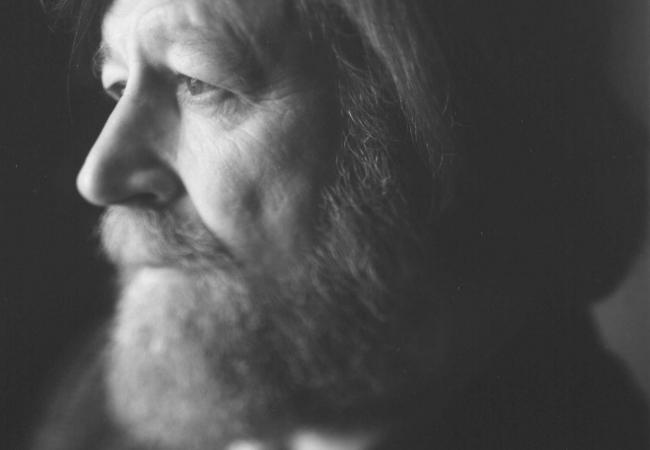The Asheville Symphony Chorus performs the seasonally apt “Music of Eternal Light” at Central United Methodist Church on Saturday, Nov. 3 at 7:30 p.m.
ASC’s new music director Michael Lancaster conducts the evening’s two dramatic choral works: 20th century french composer Maurice Duruflé‘s Requiem and Lux Aeterna by Morten Lauridsen, a living American composer born in 1943. Both works solemnize the passing season and winter’s approach while announcing the inevitable return of light and the rebirth of a new year. Perhaps that’s a romantic interpretation, but it is late fall — and these are choral requiems. It’s in the air, like they say.
The ensemble, founded in 1991 by director emeritus DeWitt Tipton, serves as the vocal branch the Asheville Symphony Orchestra, in addition to performing its own concerts. (This ASO season includes Handel’s “Messiah” on Dec. 16 and Mozart’s Requiem on April 20, 2013.) Musicians from the ASO will accompany the group for the Nov. 3 concert, along with mezzo soprano Simone Vigilante, baritone Jonathan Ross and organist Vance Reece.
The two pieces offer more than brooding ceremonies. While distinct in their origins and general structure, Duruflé‘s Requiem and Lauridsen’s Lux Aeterna herald the very real darkening and decay of the season, and of life in general, through the traditional form of the requiem, a funeral mass. But both resolve with a trusting, if tempered, brightness. Lauridsen’s work is more on the side of illumination. Although it was written in 1997, the piece uses musical ideas from Gregorian chants and other antiquated choral forms to achieve its sublime effects.
Duruflé‘s version, from 1947, consists of nine movements, and notably omits the bleak Dies Irae segment, a significant part of Mozart’s canonical setting. In brief, the Dies Irae, or “day of wrath,” intones the brutal, unrelenting judgement of human kind. Countryman Gabriel Fauré‘s own incandescent Requiem from the late 1880s does the same. Both offer a less condemnatory, arguably “lighter” take on the musical rite that illustrates life, death and resurrection — a familiar cycle.
Here’s the In Paradisum from Duruflé‘s Requiem:
And here’s the same movement from Fauré‘s:
Lauridsen’s Lux Aeterna (or Eternal Light) uses the brighter part of the requiem form — the Agnus Dei — in combination with four other movements that suffuse plainchant and motet forms. According to the composer, who teaches at University of California’s Thornton School of Music, “‘Lux Aeterna’ is an intimate work of quiet serenity centered around a universal symbol of hope, reassurance, goodness and illumination at all levels,” he says in a statement available on the website of music publisher Peermusic Classical. “My passion second to music is poetry. … I have profound admiration for poets who seek deeper meanings and truths and are able to express themselves elegantly through the written word. Consequently, it has been a natural development for me as a composer to wed these two passions and to set texts to music.” Lux Aetrena, he says, “is fashioned on texts from several different Latin sources, including the requiem mass, each containing a reference to Light.” Other works incorporate the poetry of Robert Graves, Rainer Maria Rilke and Federico Garcia Lorca.
Here’s a clip of Lux Aeterna’s particularly sonorous third movement:
With all due praise to YouTube, the real experience of these two stunning pieces is available on Nov. 3 at 7:30 p.m., at the Central United Methodist Church, 27 Church St. Tickets are $20, payable at the door or via http://www.ashevillesymphonychorus.com.




Well put together article – thanks for the youtube links.